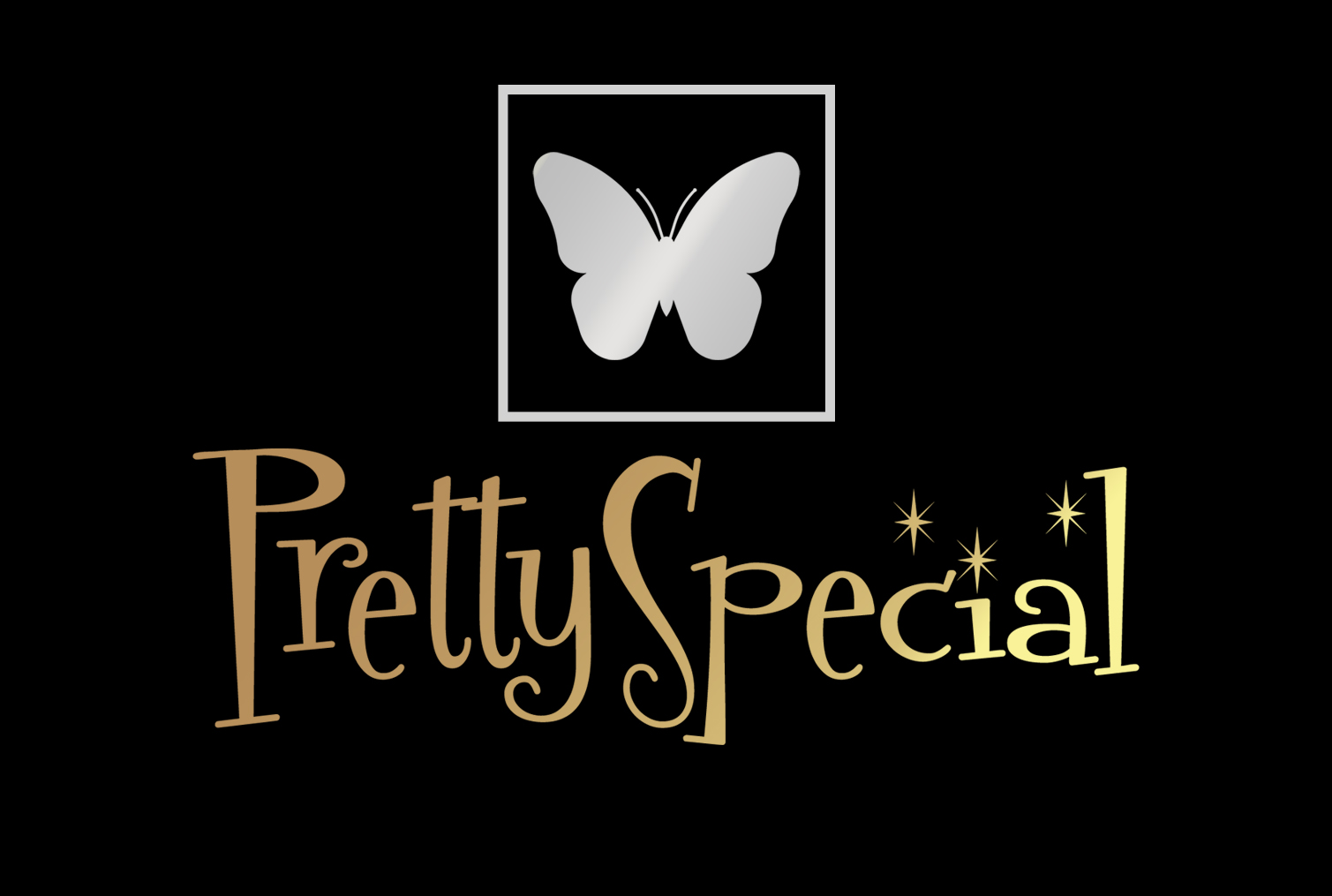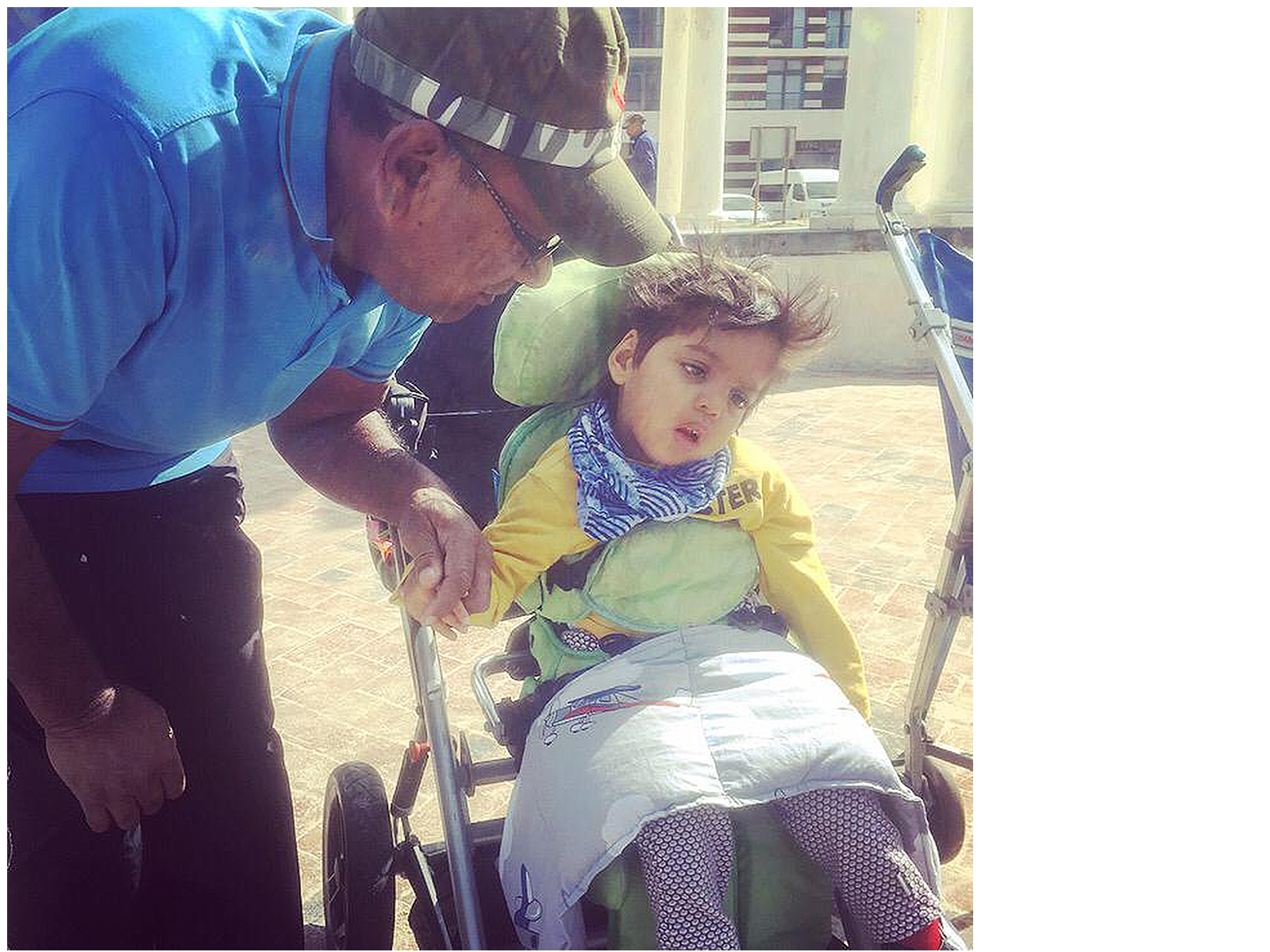Cerebral Palsy is a condition that affects movement, posture and coordination. These problems may be seen at or around the time of birth. If a child has cerebral palsy it means that part of their brain is either not working properly or has not developed normally. It may be the result of a problem occurring during the first weeks of the baby’s development in the womb (such as an infection) or in a number of cases can be the result of a difficult or premature birth. Sometimes there simply is no obvious cause.
Cerebral palsy is the single largest cause of disability in children worldwide. In South Africa, a crumbling public health care sector, characterised by under-trained and under-resourced doctors and nurses, is driving up the prevalence of cerebral palsy in babies to an all-time high.
According to the South African Society of Physiotherapy, as many as 8 in 100 South African children are affected by what is largely a preventable disorder of the brain. It’s undeniable that clinical negligence and medical malpractice are partly to blame.
The United Cerebral Palsy Association
The United Cerebral Palsy Association’s goals include providing their clients with quality nursing care and stimulation in the form of creative occupational therapy. Aqua Hydro Therapy, Speech therapy, Physiotherapy and Stimulating visits and outings to events and places of interest.
Cerebral Palsy is frequently categorised into three main types although it is often difficult to classify exactly what type of cerebral palsy a child may have. It is not unusual for a child to have a combination of any of the following:
Spastic cerebral palsy
This is the most common form of cerebral palsy. Children with spasticity will have muscle stiffness that may affect the range of movements in their joints. The following terms are frequently used to describe the part of body most affected:
Hemiplegia – either the left or right half of the body is affected.
Diplegia – both legs are affected, the arms are either slightly affected or not at all
Quadriplegia – both legs and arms are equally affected.
Athetoid cerebral palsy
Children with athetoid cerebral palsy tend to make involuntary movements because their muscles change from floppy to tense in a way that is difficult for them to control. This may also affect the child’s speech and hearing.
Ataxic cerebral palsy
Children with ataxic cerebral palsy often find balance difficult and generally have un-coordinated movements. Ataxia affects the whole body. Usually children are able to walk but may be unsteady, and have shaky hand movements and irregular speech.
Whilst certain conditions do occur more frequently in children with cerebral palsy, every child is different and will not necessarily have any of the following:
Children with cerebral palsy may have difficulties with sleeping or toileting.
Cerebral Palsy can affect children’s speech and / or chewing and swallowing.
Some children with cerebral palsy may develop epilepsy. Medication is often used to control this.
Some children with cerebral palsy have difficulty processing information about shapes, speed and space.
Some children with cerebral palsy may have learning difficulties or a specific learning difficulty.
A Physiotherapist can offer support and advice with movement and positioning for your child.
An Occupational Therapist can offer support and advice on equipment, play and adoptions.
A Speech and language Therapist can offer support and advice about feeding and communication
Young Daniel Burger, pictured above with his PrettySpecial lap pad, is 3 years old now. Daniel has Spastic Cerebral palsy with quadriplegia, meaning all his limbs are affected. He is improving in his mobility every day, often giving us high fives when we visit. He has developed with constant treatment, love and support, extremely well for his age and original diagnosis. He loves the attention of his family, especially his young cousins and Mackie, his little Yorkie.
How weighted blankets can help with Cerebral Palsy
A weighted blanket can be used to improve sensory abnormalities, aid physical therapy, and reduce insomnia. PrettySpecial weighted blankets deliver deep pressure touch stimulation, which is like a nice, warm hug, gently applying pressure to the body to increase the release of serotonin, a chemical in the body that promotes relaxation. Distributing the weight over your loved one’s body using the weighted blanket or draped over a specific area , like a lap pad over the legs, eases muscle tension and elevates the patient’s mood.
The pressure from the weight causes the body to produce serotonin and endorphins, chemicals our bodies naturally use to feel relaxed or calm.
Vital restorative sleep can be achieved when the serotonin converts to melatonin naturally. Both hugs and heavy blankets trigger the release of oxytocin, a hormone that slows down your heart rate, reduces blood pressure, and promotes feelings of relaxation. PrettySpecial weighted blankets are made with love and made to suit each person’s height and weight.
Its like a nice, warm HUG.
For more information or to order simply contact us via our contact to order form or email us to info@prettyspecial.co.za
We deliver straight to your doorstep, anywhere in South Africa.



